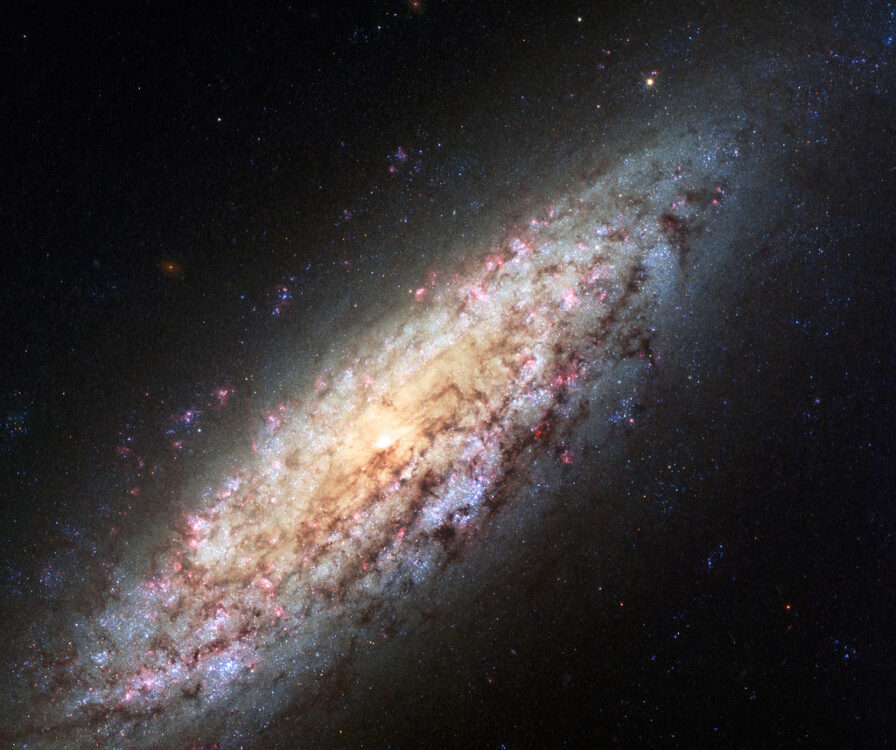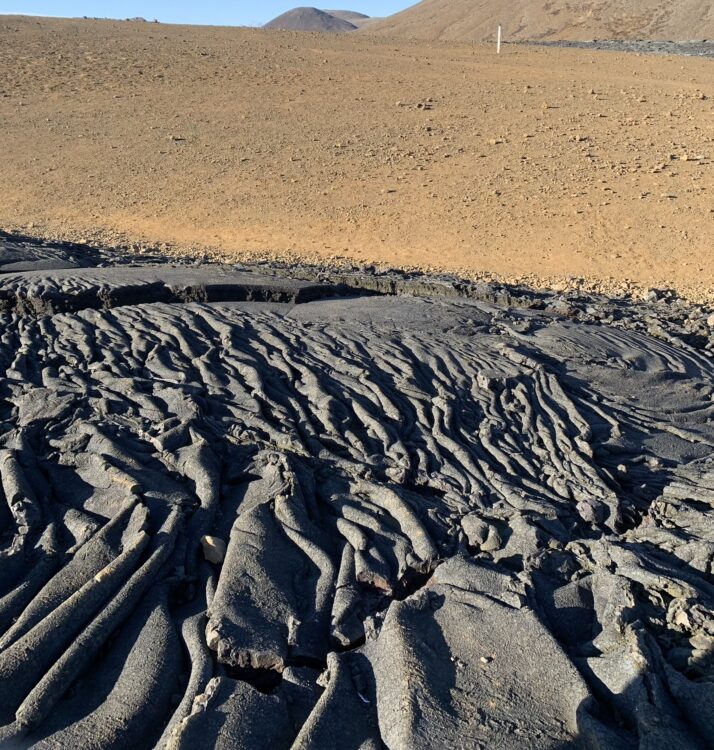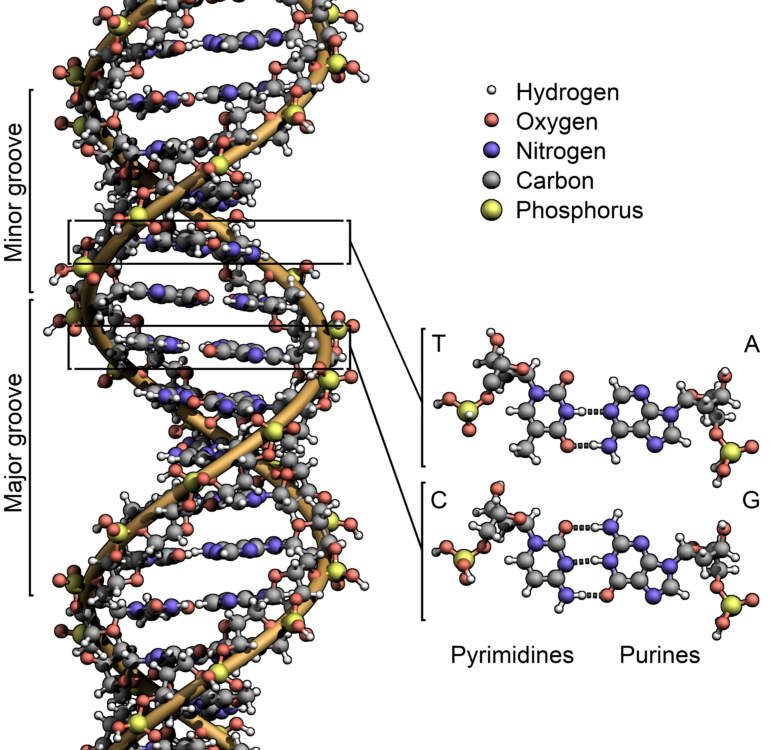The science of superstition
Former Red Sox player Wade Boggs, known as the “chicken man,” famously ate chicken before every one of his games as a good luck charm. Boggs told MLB.com, “In 1983, we ate chicken every day, and I wound up winning a batting title in ’83. So, the chicken worked.” While this pre-game ritual may have […]
The science of superstition Read More »








